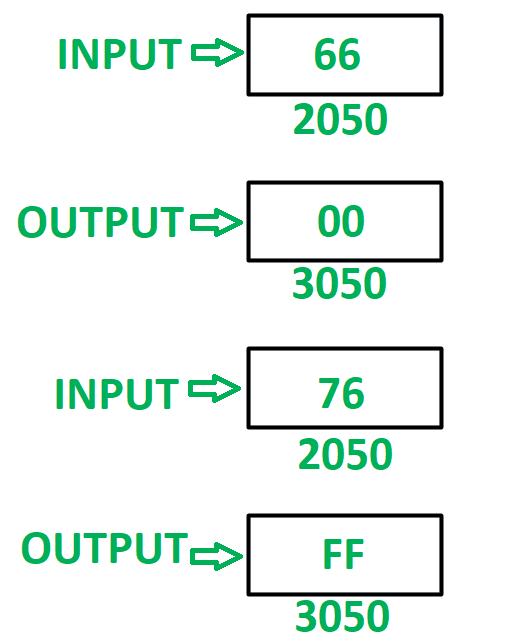Base class and Derived class:
A class can be derived from more than one classes, which means it can inherit data and functions from multiple base classes. To define a derived class, we use a class derivation list to specify the base class(es). A class derivation list names one or more base classes and has the form −
class derived-class: access-specifier base-class
Where access-specifier is one of public, protected, or private, and base-class is the name of a previously defined class. If the access-specifier is not used, then it is private by default.
Consider a base class Shape and its derived class Rectangle as follows −
Program Example :--
#include <iostream>
using namespace std;
// Base class
class Shape {
public:
void setWidth(int w) {
width = w;
}
void setHeight(int h) {
height = h;
}
protected:
int width;
int height;
};
// Derived class
class Rectangle: public Shape {
public:
int getArea() {
return (width * height);
}
};
int main(void) {
Rectangle Rect;
Rect.setWidth(5);
Object Oriented Programming : Grade 10 97
Rect.setHeight(7);
// Print the area of the object.
cout << "Total area: " << Rect.getArea() << endl;
return 0;
}
When the above code is compiled and executed, it produces the following result −
Total area: 35





